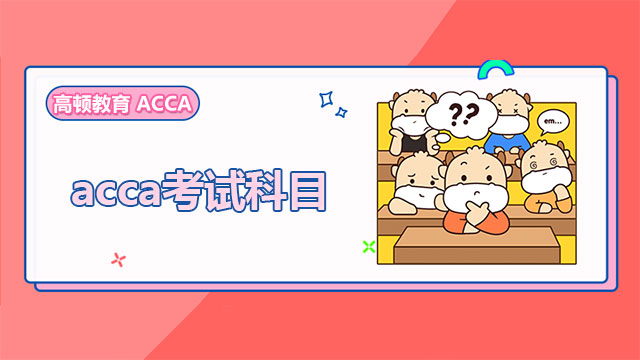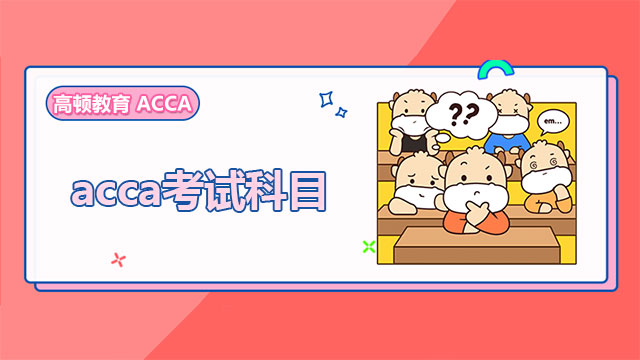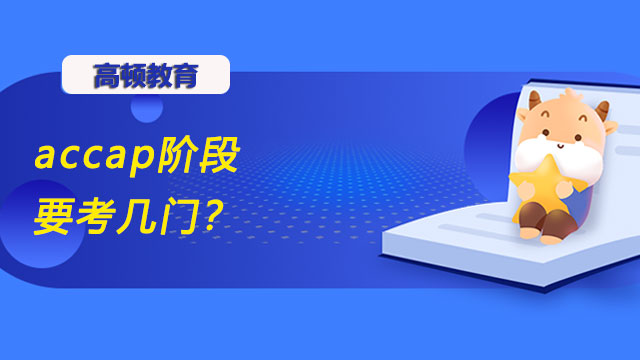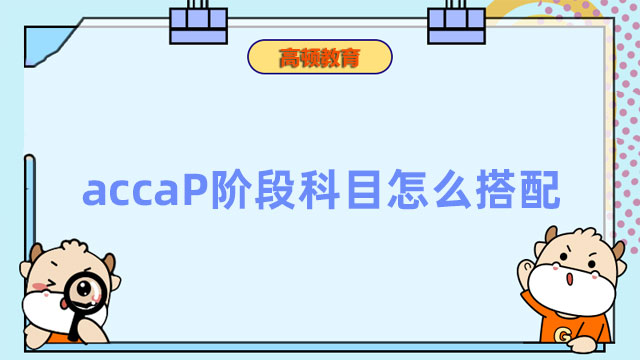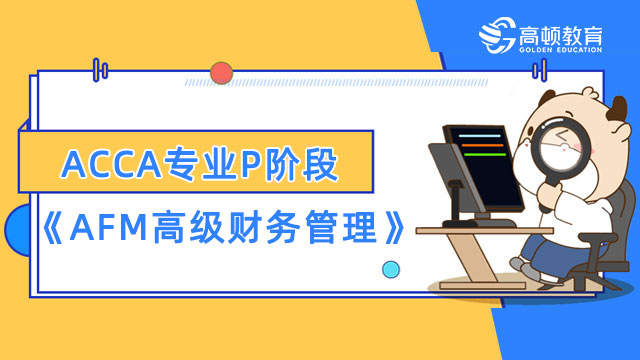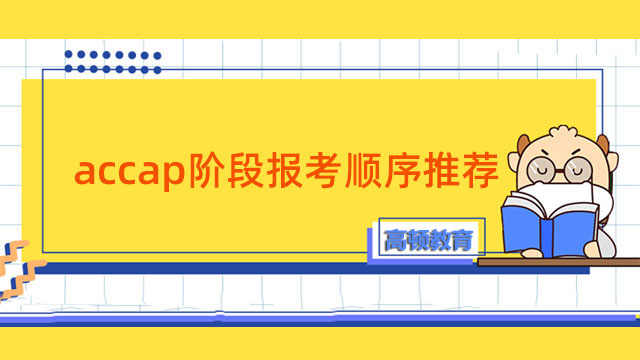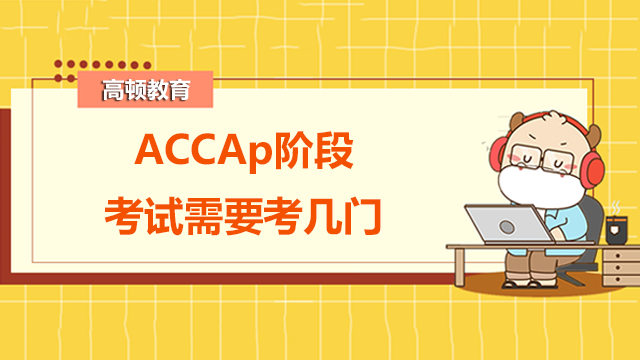2015新年回顾,ACCA考试《P3商务分析》知识辅导5
来源:
高顿网校
2015-03-09
漫漫考试路,各位考生,您准备好了吗?如何快乐高效的学习?高顿网校为广大学员提供2015年ACCA考试网络课程,请各位考生紧跟网校名师的步伐尽快进入备考复习,让高顿与您共同努力,2015年考试顺利通过!祝您梦想成真!免费听课》
PROJECT MANAGEMENT
Relevant to Paper P3
When I was a student, I saw an advert in my college magazine looking for people to go on a road trip. Eight of us would buy an old minibus, drive it across the continent, and sell it at the end for about the same price we paid for it. The idea was immediately attractive – companionship, new people, new places, new experiences, low cost – and we soon embarked on our adventure.
It was a disaster. What went wrong?:
· We were interested in different things, some of us preferring magnificent scenery, others preferring cities.
· We had different personalities. For example, some were punctual, others laid-back. Some were free-spending, some were careful with money. Some liked rock music, others folk music.
· There were constant arguments and discussions about where to go, what routes to take, how long to spend in different places. The discussions went on and on because no-one felt able to take the lead.
· Costs spiralled because the van broke down a few times. It sold for much less than we had hoped.
· We eventually discovered that the self-appointed map reader had no sense of direction.
· Delays meant that we couldn’t get to where most of us thought we were going.
· Delays meant that I missed my flight home, and I certainly did not come back refreshed and enlightened.
This trip had many of the typical features of a project, and highlights many of the risks. In general, a project – such as implementing a new IT system – has the following characteristics:
· It is different to one’s normal activities.
· It has a start, an end, and a duration.
· Often there is initial enthusiasm about being included in the project team; that is going to solve an important problem and herald in the splendid new IT system.
· Often unique tasks and problems are addressed. New IT system implementation is likely to be rare.
· Team members are drawn from many different backgrounds, each with their own priorities, outlooks, skills and terminologies. The accounts department wants certain reports, the sales department wants others, and IT wants high specification equipment.
· The team members might never have worked together before.
· Often, no benefit is obtained until the project is completed. Abandonment part way through will have incurred costs without yielding benefits.
These characteristics should scream ‘danger’, and many projects are much less successful than hoped, just as our holiday was. If you are aware that danger accompanies an undertaking, then it makes sense to understand the nature of the undertaking and how the danger can be managed.
PROJECTS AND STRATEGY
The rational strategic planning model (Figure 1) is usually presented as three stages: analysis, strategic choice, and implementation. Often these are set out as a linear sequence, but it is preferable to arrange them in a triangle to acknowledge that the three stages inform one another. For example, when the organisation starts implementation, it will undoubtedly discover information which may make it reconsider its analysis and choice.
FIGURE 1: RATIONAL STRATEGIC PLANNING MODEL
Whether shown linearly, or as in Figure 1, strategic analysis and choice should be relatively quick. Planning, of itself, neither makes money nor improves performance. Some people think that deciding on a plan is the same as realising the plan, but it is only when the right plans are successfully implemented that gains and improvements are made – and implementation is where the really hard work lies, with effort needed, possibly for years, long after the plan was agreed.
A strategic plan (typically long term and corporate-wide) can never be implemented as a single, monolithic task. A strategy of expanding abroad, for example, would consist of a series of smaller tasks such as finding premises, recruiting, training, equipping the factory, marketing, and establishing a distribution network. Each of these smaller tasks can be regarded as a project, with a start, end, objectives, deadline, budget, and required deliverables. Realising a strategic plan therefore depends on carrying out a complex jigsaw of projects, and if one piece goes missing the whole strategic plan will be in jeopardy. Therefore, successful project management is at the heart of successful strategic planning.
THE PROJECT LIFECYCLE
There are a number of different versions of the project lifecycle, perhaps using slightly different terminology and dividing up each stage differently. Sometimes the differences are there just to differentiate a commercial product such as project management software. Despite differences in detail, all project lifecycles can be depicted as inFigure 2.
FIGURE 2: STAGES OF THE PROJECT LIFECYCLE
All projects will start from an initial idea, perhaps embedded in the strategic plan. A project will then progress to the initiation stage when a project manager will be
appointed. The project manager will choose a project team and they will carry out a feasibility study. The feasibility study is necessary to establish the following:
· Commercial feasibility – will the likely benefits exceed the cost?
· Technical feasibility – do we think this project has a good chance of working?
· Operational feasibility – will it help the organisation reach its objectives?
· Social feasibility – will our employees, customers and other stakeholders tolerate it?
A feasibility report should be produced and this will have to be studied by senior managers, because if the project goes ahead substantial expenditure might be required.
Note that the feasibility report does not merely have to present management with simple ‘yes’ or ‘no’ options, but can set out a range of options, each with particular benefits, costs and time frames. Where there is some doubt as to the potential benefits that will arise from the project, it is particularly valuable to offer a range of choices which allow the organisation to first try out a modest project and later allow the project to be extended. This approach is a useful way to reduce risk. If you are not sure about something, start in a small way and extend later if worthwhile.
小编寄语:只要功夫深,铁杵磨成针。考试也是这样,只要够努力,功到自然成。
| ACCA网络课程 | 课程专业名称 | 讲师 | 试听 |
 85%的人正在学习该课程 85%的人正在学习该课程 | ACCA 全维度网课体验课程 实景课堂与独立录制 覆盖所有知识点,根据学习计划推进学习进度 | 高顿名师 |  |
 70%的人正在学习该课程 70%的人正在学习该课程 | ACCA网课全科卡(8.2折) 为零基础刚开始学习ACCA的学员特别定制 | 高顿名师 |  |
精彩推荐:
版权声明:本条内容自发布之日起,有效期为一个月。凡本网站注明“来源高顿教育”或“来源高顿网校”或“来源高顿”的所有作品,均为本网站合法拥有版权的作品,未经本网站授权,任何媒体、网站、个人不得转载、链接、转帖或以其他方式使用。
经本网站合法授权的,应在授权范围内使用,且使用时必须注明“来源高顿教育”或“来源高顿网校”或“来源高顿”,并不得对作品中出现的“高顿”字样进行删减、替换等。违反上述声明者,本网站将依法追究其法律责任。
本网站的部分资料转载自互联网,均尽力标明作者和出处。本网站转载的目的在于传递更多信息,并不意味着赞同其观点或证实其描述,本网站不对其真实性负责。
如您认为本网站刊载作品涉及版权等问题,请与本网站联系(邮箱fawu@gaodun.com,电话:021-31587497),本网站核实确认后会尽快予以处理。
点一下领资料
【整理版】ACCA各科目历年真题
真题高频考点,刷题全靠这份资料
下载合集
acca全科学习思维导图
梳理核心考点,一图看懂全部章节
下载合集
2023年acca考纲解析
覆盖科目重难点,备考按照计划走
下载合集
acca备考 热门问题解答
- acca考试怎么搭配科目?
-
建议优先选择相关联的科目进行搭配报考,这样可以提高备考效率,减轻备考压力,1、F1-F4:为随时机考科目,难度较低,这里可以自行随意选择考试顺序。2、F5-F9:如果你的工作的和财务会计或者审计有关、或者你比较擅长财务和审计的话,推荐先考F7和F8。你可以选择一起考ACCA考试科目F7和F8或者先考F7(8)再考F8(7),这就要取决你一次想考几门。3、P阶段:选修科目中,建议企业首选AFM!第二部分科目进行选择,如果AA和SBR掌握学生更好,可以通过选择AAA,如果SBL掌握的好,可以自己选择APM。
- acca一共几门几年考完?
-
acca一共有15门考试科目,其中有必修科目和选修科目,考生需要考完13门科目才能拿下证书。
- acca一年考几次?
-
acca一年有4次考试,分别是3月、6月、9月和12月,分季机考科目是采取的这类四个考季的模式,而随时机考则是没有这方面的时间规定限制,可以随报随考。
- acca的含金量如何?
-
ACCA证书的含金量是比较高的,从就业、能力提升、全球认可等角度来说,都是比较有优势的证书,其含金量主要表现在以下几个方面:1、国际化,认可度高;2、岗位多,就业前景好;3、缺口大,人才激励。
严选名师 全流程服务
其他人还搜了
热门推荐
-
acca专业阶段考试科目有哪些?究竟都考些什么? 2023-04-23
-
accaP阶段科目考完需要多久?速戳了解! 2023-03-28
-
ACCA高级课程是哪几门?和基础课程比难度怎么样? 2023-03-17
-
sbr和sbl哪个难?accaP阶段先考哪个? 2023-03-16
-
accaP阶段报名费是多少?一文介绍全了! 2023-03-14
-
accaP阶段有哪些科目?各科目详细介绍! 2023-03-14
-
accap阶段考试顺序是怎样的?选修科目怎么选? 2023-03-10
-
acca考试科目:《ATX高级税务》重点详解! 2023-03-06
-
acca考试科目:《APM高级业绩管理》重点详解! 2023-03-06
-
acca考试科目:《AFM高级财务管理》重点详解! 2023-03-06
-
accap阶段有效期是多久?需要几年内考完? 2023-03-01
-
accaP阶段选修选哪两门?各科难度对比来了! 2023-02-28
-
2023年acca的sbl怎么学?点击查收备考攻略! 2023-02-24
-
acca考试p阶段科目题型,附各科分值参考! 2023-02-23
-
accap阶段要考几门?重难点是什么? 2023-02-10
-
accap阶段要考几门?重难点是什么? 2023-02-10
-
accaP阶段科目怎么搭配?先考哪门? 2023-02-09
-
ACCA专业P阶段:《AFM高级财务管理》复习攻略 2023-01-30
-
accap阶段选哪两门?考试重难点介绍! 2023-01-17
-
acca考试科目:《AAA高级审计与鉴证》题型及重点! 2023-01-17
-
acca专业阶段考试难度分析,选修科目报考指南来了! 2023-01-12
-
accap阶段报考顺序推荐,先报哪个好? 2022-12-15
-
ACCAp阶段一次最多考几门?成绩有效期是多久? 2022-08-24
-
ACCA的p阶段需要备考多久才够?考试难度怎么样? 2022-08-18
-
ACCAp阶段考试需要考几门?考试时间是哪天? 2022-08-15
-
ACCA考试P阶段考几门?P阶段成绩有效期是多久? 2022-08-12
-
ACCAP阶段科目难度高吗?P阶段是机考吗? 2022-08-10
-
ACCA最后四门难考吗?通过率怎么样? 2022-07-19
-
ACCA英语不好怎么办?怎么提高英语? 2022-07-14
-
ACCA机考报名时间是什么时候?怎么报考? 2022-07-14
 更多服务
更多服务


















